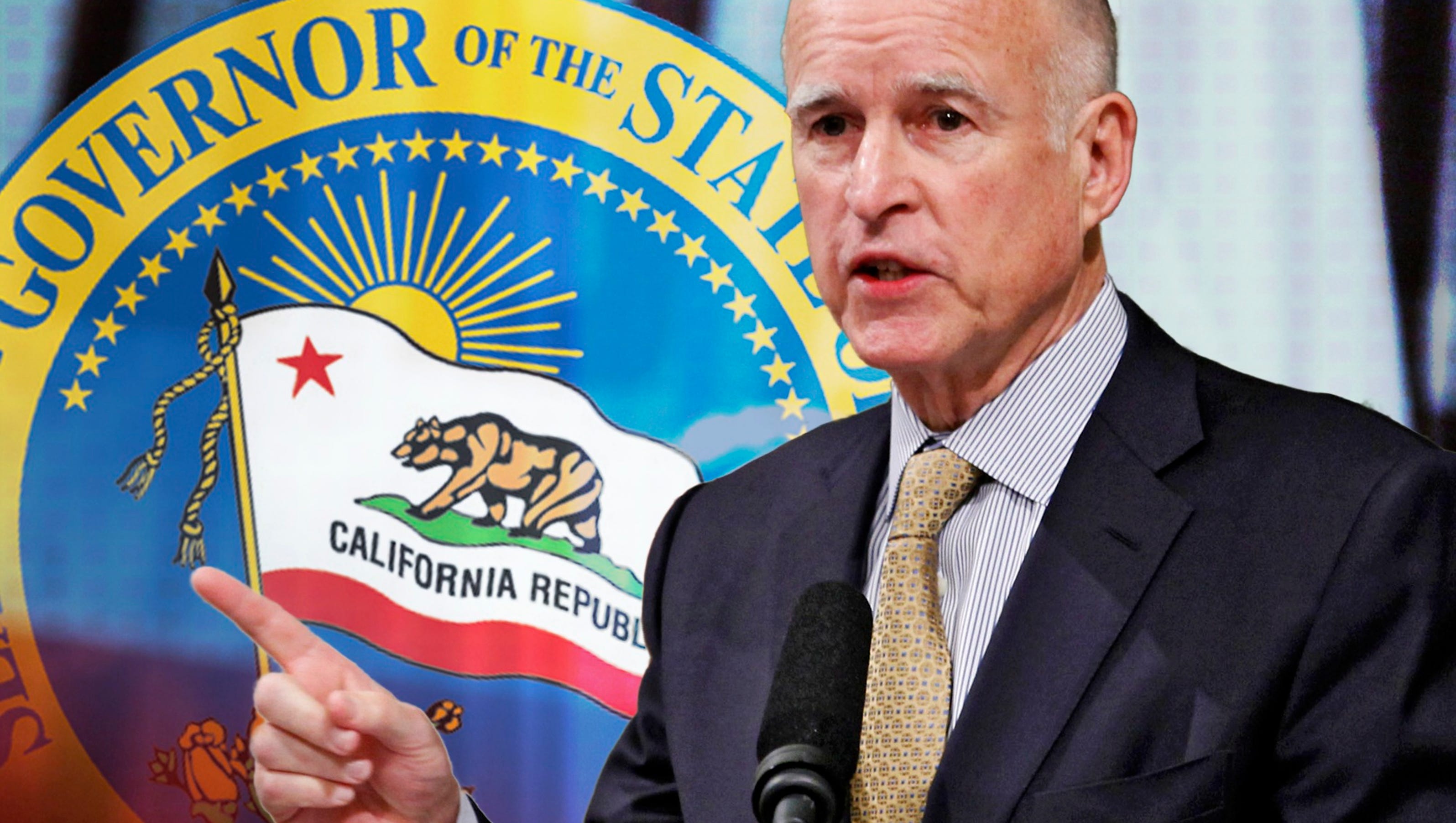January 08, 2015
06:16 PM EST
06:16 PM EST
In our growing global economy, Americans need to have more knowledge and more skills to compete -- by 2020, an estimated 35 percent of job openings will require at least a bachelor's degree, and 30 percent will require some college or an associate's degree. Students should be able to get the knowledge and the skills they need without taking on decades' worth of student debt.
The numbers:
If all 50 states choose to implement the President's new community college proposal, it could:
Save a full-time community college student $3,800 in tuition per year on average
Benefit roughly 9 million students each year
Under President Obama's new proposal, students would be able to earn the first half of a bachelor's degree, or earn the technical skills needed in the workforce -- all at no cost to them.
The requirements:
What students have to do: Students must attend community college at least half-time, maintain a 2.5 GPA, and make steady progress toward completing their program.
What community colleges have to do: Community colleges will be expected to offer programs that are either 1) academic programs that fully transfer credits to local public four-year colleges and universities, or 2) occupational training programs with high graduation rates and lead to in-demand degrees and certificates. Community colleges must also adopt promising and evidence-based institutional reforms to improve student outcomes.
What the federal government has to do: Federal funding will cover three-quarters of the average cost of community college. Participating states will be expected to contribute the remaining funds necessary to eliminate the tuition for eligible students.
Expanding technical training programs:
President Obama also proposed the new American Technical Training Fund, which will expand innovative, high-quality technical training programs across the country. Specifically, the fund will award programs that:
President Obama also proposed the new American Technical Training Fund, which will expand innovative, high-quality technical training programs across the country. Specifically, the fund will award programs that:
- Have strong employer partnerships and include work-based learning opportunities
- Provide accelerated training
- Accommodate part-time work
via: http://www.whitehouse.gov/blog/2015/01/08/president-proposes-make-community-college-free-responsible-students-2-years





_001.jpg)



 800-777-0133. The four new offices also accommodate people without appointments.
800-777-0133. The four new offices also accommodate people without appointments.